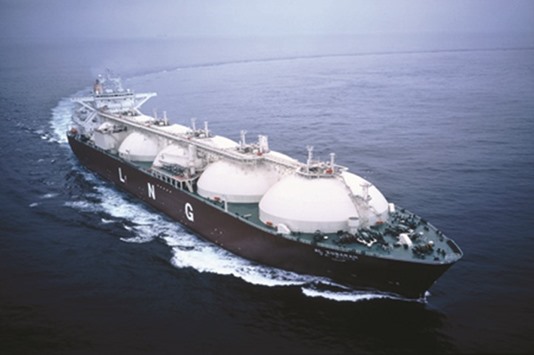Standard & Poor’s Ratings Services affirmed its ‘AA’ long-term and ‘A-1+’ short-term foreign and local currency sovereign credit ratings on Qatar. The outlook is stable.
S&P said Qatar’s economic growth of about 4% in 2016-2019 will be sustained by its large infrastructure investment programme, but the latter will contribute to a deterioration in fiscal and external balances exacerbated by the large fall in hydrocarbon prices since mid-2014.
“We expect the country’s fiscal and external positions to shift to deficits from 2016 onward. Nonetheless, Qatar has built a large net asset position over many years that will help it weather the current lower hydrocarbon price environment.
“We are therefore affirming our ‘AA/A-1+’ sovereign credit ratings on Qatar,” S&P said.
S&P said the “stable outlook reflects its view that Qatar’s economy will remain resilient, supported by solid macroeconomic fundamentals, although we anticipate continued institutional weaknesses and only a moderate increase in hydrocarbon prices over the next two years.”
“Qatar is a wealthy economy,” S&P said. The country holds the third-largest proven natural gas reserves in the world, and is the largest exporter of liquefied natural gas (LNG). It expects Qatar’s reserves to provide many decades of production at the current levels.
According to S&P, Qatar’s economy has grown by about 5.5% annually over the last four years, but it expects this to slow to about 4% between 2016 and 2019. The hydrocarbon sector will likely continue to stagnate.
The moratorium on new projects in Qatar’s North Field will continue and will only be reviewed once gas prices begin to recover in the medium term, S&P said.
Non-oil growth, on the other hand, should remain buoyant, thanks to spending under a $125bn infrastructure investment programme and supported by the growing population.
“We note the government’s efforts to diversify the economy, while maintaining its strategic position in the global natural gas market. In our view, medium-to-long-term challenges to Qatar’s competitive position in the LNG market are likely to come from new shale production, Russia’s gas pipeline to China, and increased pressure to delink LNG contracts from the price of oil.
“Nevertheless, Qatar has one of the lowest costs of production - $1.6 to $2 a million British Thermal Units - and is a profitable LNG producer. Its strategy has been to diversify into all major markets, adjusting the mix of destinations and contract types according to market needs.
Moreover, the majority of its gas exports are under long-term contracts, which provides some certainty regarding the volumes sold. We expect that Qatar will maintain its cost advantage over many new projects in other countries.”
S&P assumes that Qatar’s oil production will decline as output from maturing fields contracts. It expects an average annual decline in crude oil production of about 5% over 2015-2018. The rating agency thinks upcoming budgets could include further measures to contain current expenditures in light of low hydrocarbon prices. The Qatari government has just implemented new measures that will help the fiscal situation over time, such as cuts in gasoline, water wastage, and utility subsidies.
“The government also intends to rationalise and outsource part of its operations and to award more projects to the private sector, though whether the desired level of private sector participation can be achieved remains to be seen, in our view,” S&P said.
Riyal-dollar peg to be maintained, says S&P
S&P expects Qatari riyal’s dollar peg to be maintained.
“In our view, the fixed exchange rate of the Qatari riyal to the dollar leads to limited monetary flexibility, and we expect the currency peg to be maintained,” S&P said.
Qatar’s real effective exchange rate has appreciated at 17% since early 2014. “In our view, this represents a deterioration in international competitiveness of the country’s modest tradable sector and a dampening of non-oil GDP growth, absent any offsetting factors such as improved efficiency or technological capacity. Liquidity conditions in the Qatari banking system and banks’ borrowing costs are expected to further tighten amid falling public deposits, coupled with a modest increase in loans and future increases in US interest rates,” S&P said.

u201cQatar has one of the lowest costs of LNG productionu201d
